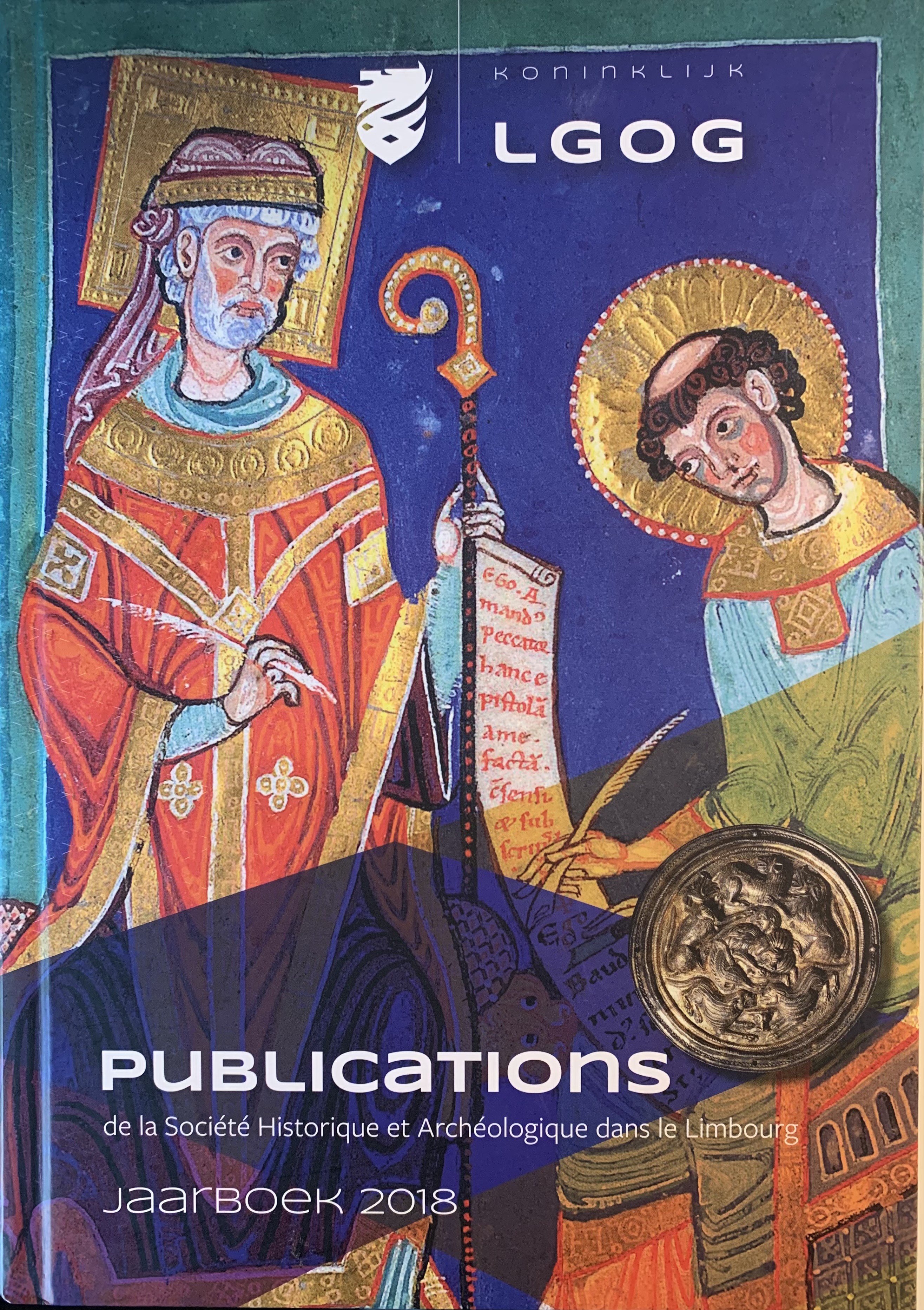Provinciaal bestuur van het ongedeelde Limburg (1815-1830)
Samenvatting
After the end of French rule, the Northern and Southern Netherlands were united into a single state in 1815. A new constitution was submitted to a vote by representatives of the Southern population. Only by manipulating the results of this plebiscite was King William I able to declare the constitution accepted. Contrary to most provinces, the representatives of the province of Limburg (the former French département de la Meuse-Inférieure) approved the constitution by a large majority.
According to the articles on provincial administration in the new constitution, the King appointed a governor for the province of Limburg. He also appointed the sixty members of the ‘Provinciale Staten’ (Provincial Council), consisting of twenty representatives from three groups: the nobility, the towns and the rural communities. The Provincial Council met only once a year for a period of 1-2 weeks. It chose nine of its members as ‘Gedeputeerde Staten’ for the day-to-day administration of the province. The whole set-up of the new provincial administration was a mixture of pre-French, French and new elements.
After two years of putting the model into practice, the first election of members of the Provincial Council by all male adult citizens by census suffrage took place in June 1818. Since then, annual elections were held for part of the seats. Gradually, anti-government opposition arose among a growing number of members for various reasons, but the system continued to function well until August 1830, when an uprising in the Southern Netherlands arose, inspired by the French July Revolution of 1830. The Provincial Council had already completed its annual meetings in July, and a nonplussed governor and ‘Gedeputeerde Staten’ tried to cope with the situation. Within months, however, the new Belgian government took over the whole province of Limburg, except the capital of Maastricht which was held by a garrison loyal to the King. Through international arbitration, Limburg was split into a Belgian section and a Dutch section in 1839. After a transition period, the Dutch part of Limburg established the same model of provincial administration as in 1815-1830.
Downloads
Downloads
Gepubliceerd
Nummer
Sectie
Licentie
Copyright (c) 2019 Kees Schaapveld

Dit werk wordt verdeeld onder een Naamsvermelding 4.0 Internationaal licentie.
Auteurs behouden het volledige auteursrecht op hun werk en verlenen het tijdschrift het recht van eerste publicatie. Artikelen worden verspreid onder de voorwaarden van de Creative Commons Naamsvermelding 4.0 Internationaal (CC BY 4.0).



